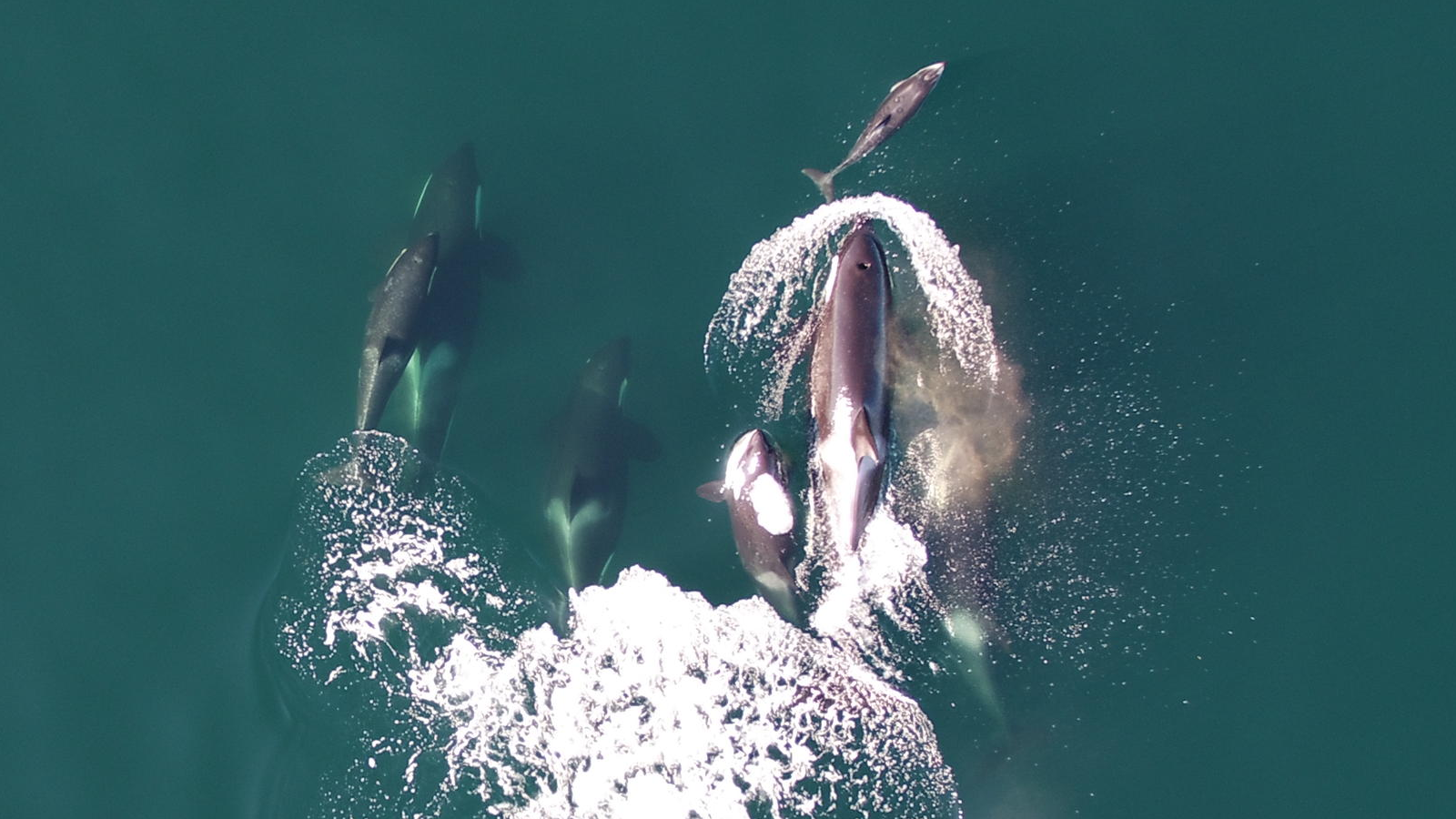Chinese Jurassic Park Yields Incredible Feathered Dino Find

A fossil bed in China that contains some of the world's most exquisitely preserved feathered dinosaurs, early birds, reptiles and mammals may also be home to an equally rich set of older fossils from the Middle Jurassic, a new study finds.
These older fossils, dating back about 160 million years, contain the earliest known gliding mammal, earliest swimming mammal, a flying reptile and the earliest feathered dinosaurs. Now, a new study classifies these fossils as belonging to a distinct ecological group, or biota.
The new biota was found in layers of rock beneath the so-called Jehol Biota, a famous collection of 130-million-year-old fossils from China's western Liaoning Province and nearby northeastern China; the Jehol organisms are now thought to have been killed and preserved in a Pompeii-style eruption. In recent years, fossils that are 30 million years older have surfaced from beneath the Jehol Biota, but have not been definitively linked to the same time period. [In Photos: Wacky Fossil Animals from Jurassic China]
The fossils from the Jehol Biota literally lie on top of the older specimens, said David Hone, a dinosaur biologist at Queen Mary University of London and a co-author of the study published today (March 4) in the Journal of Vertebrate Paleontology.
"They seem to be from the same environments — lots of trees and probably a lot of water," Hone told Live Science.
The researchers have catalogued and described the older fossils in unprecedented detail, naming them the Daohugou Biota after a village in Inner Mongolia near one of the six main fossil sites examined. Like the Jehol fossils, the Daohugou fossils have remarkably intact skeletons, often still containing soft tissues and even feathers.
The fossil trove dates from the Middle-Upper Jurassic, a period when birds are thought to have evolved from feathered dinosaurs. The team found feathered dinosaurs that were extremely birdlike, thought not any actual birds.
Get the world’s most fascinating discoveries delivered straight to your inbox.
At the moment when birds and dinosaurs split from each other, as expected, "you can barely tell them apart," Hone said.
They also found mammals that glided from trees ("the Mesozoic equivalent of a flying squirrel"), a classic transitional form of flying reptile called a pterosaur and even a "weird little bucktoothed dinosaur," Hone said.
Hone predicts his colleagues will find a bird in the Daohugou Biota within the next decade. "It has only been in the last two to three years that we've recognized that this is a place we should really be looking," he said.
Editor's Note: This article was updated at 2:56 p.m. ET March 5, to correct a misspelling of the Jehol Biota. It was updated again at 9:04 a.m. ET March 7, to correct Hone's title from study leader to co-author.
Follow Tanya Lewis on Twitter and Google+. Follow us @livescience, Facebook & Google+. Original article on Live Science.



